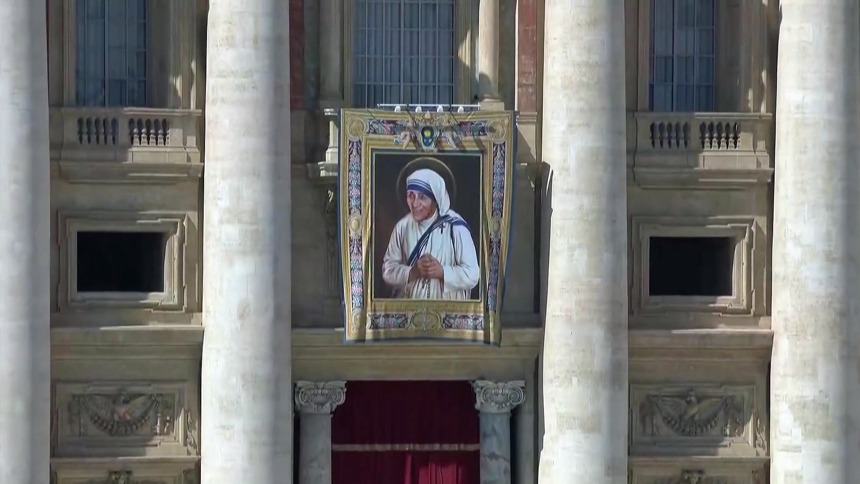
For the past 50 years, the Congregation for the Causes of Saints has been in charge of collecting the documents and evidence necessary to determine who gets to be declared a saint of the Catholic Church.
The Congregation's Prefect, Cardinal Marcello Semeraro, claims that the real work starts outside of the office.
"In a way, the process is meant to prove that the person led an exemplary life. Sanctity is born within a specific context, and that's where a sense of the faith is essential, in order to identify a reputation for holiness," Cardinal Semeraro said.
The early Church venerated the martyrs as role models and examples to follow. As time went on, only the pope had the right to decide who’s life could be declared worthy of imitation.
"I’ve been very impressed by something Pope Francis has mentioned several times: there are more martyrs in our time than there were in the early Church. We see this in the cases of martyrs we're studying right now. To give up one's whole life is a true witness of faith," he said.
The process begins in the diocese, but the final decision is made in Rome. Testimonies are collected from people who knew the potential saint, along with relevant documents. All the material is then sent to the Vatican to be studied thoroughly.
Everything arrives in a sealed box. Sometimes in several boxes or briefcases. They contain whatever has been collected concerning the life of the person who might one day be declared blessed or a saint.
Some become saints because they were martyred. But there are others who are recognized as having lived out the Christian virtues in a heroic way.
Two miracles are needed before declaring someone a saint. Both must involve inexplicable healing attributed to the candidate. When the first miracle is approved, the person is declared blessed. There is one exception, though.
"First we determine whether or not the person lived out the virtues in a steadfast and heroic way," Cardinal Semeraro said. "These virtues could be faith, hope and charity, but also the cardinal and human virtues, like prudence, temperance, justice and fortitude. The final aspect we examine is the person's reputation for holiness. Actually, chronologically speaking, this is the first thing that emerges."
The Congregation compiles all the material into a book, in order to study the information systematically. That's why this dicastery has a massive archive full of books containing all the cases in progress. Some cases only need one, or both, miracles to move forward.
Initially, cases could not be opened immediately following the person's death. Then, in 1983, John Paul II changed the rules with the Apostolic Constitution "Divinus perfectionis Magister."
This change was what facilitated John Paul II's own relatively quick canonization: the process took only nine years. Many other cases have benefited, including that of Mother Teresa who was canonized just 19 years after her death.
Cardinal Semeraro notes that sanctity isn't open to a select few only, but to all Catholics.
"The Second Vatican Council reminded us that the Church is a people on a journey," he said. "I think sanctity isn't something we're born with. Rather, we become saints. It's something that’s very beautiful, and it's open to everyone."
And that’s precisely the work of the Congregation for the Causes of Saints: to remember all those who have lived their faith heroically, keeping God at the center. They are the ones whose lives are examples all Christians are called to follow.
- Melissa Butz / Daniel Díaz Vizzi
Traducción: Javier Romero / Daniel Díaz Vizzi

